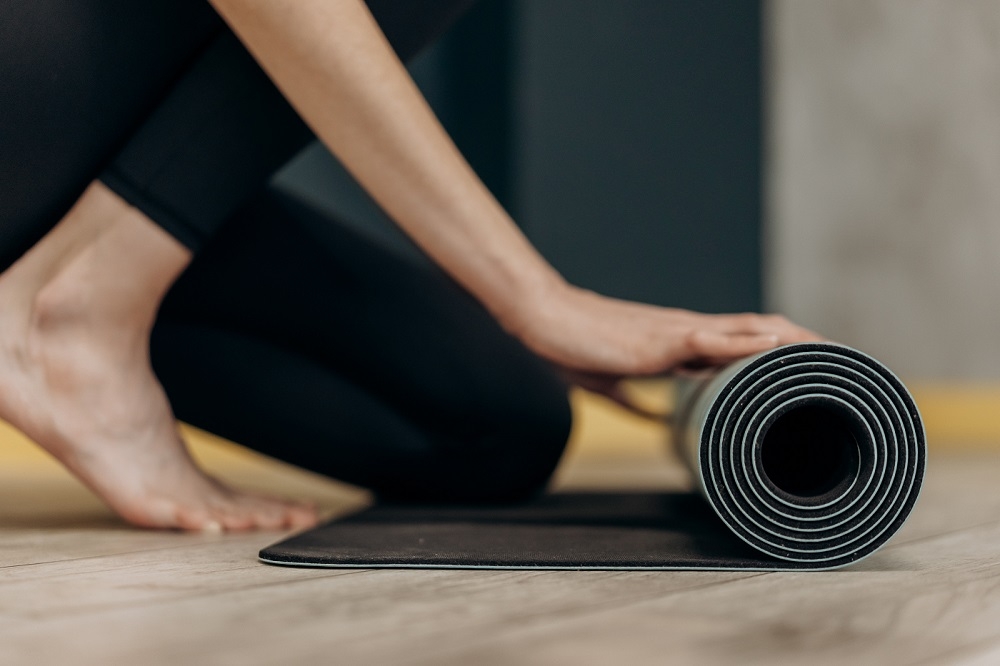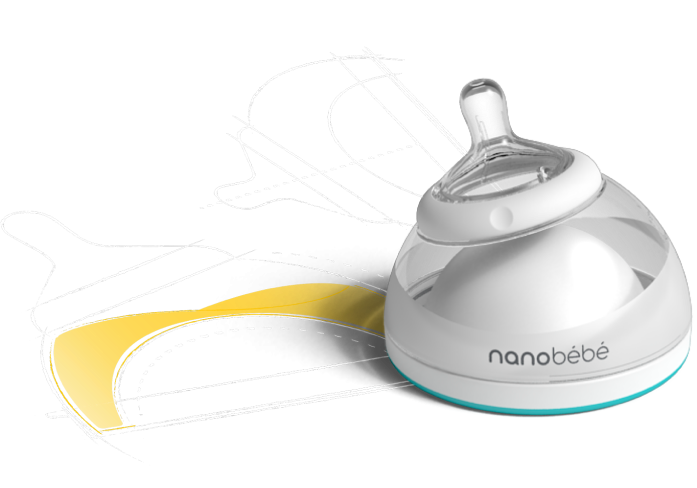Post-C-Section Recovery and Taking Care of Yourself
Postpartum tips on mobility, scar management, pelvic floor exercises, and intimacy post-C-section.

Clare Bourne

Bringing a new life into the world is a remarkable experience, but it also involves a significant physical recovery process for mothers who undergo a cesarean section (C-section). As a physiotherapist specializing in postpartum care, Clare Bourne understands the challenges and concerns that come with recovering from a C-section. Following, she will discuss the best ways to get moving after a C-section, managing your C-section scar, recommended pelvic floor exercises, and important considerations for resuming exercise and sexual activity.
Getting Moving After a C-Section
After a C-section, it's important to gradually regain mobility and get back on your feet. In most cases, healthcare professionals encourage new mothers to start moving the day of or day after their surgery. Getting in and out of bed can be challenging initially, but the following technique can help ease the process:
Use the hospital bed to raise your head slightly.
Bend your knees and reach over to the side of the bed.
Allow your legs to lower to the bed and use your arms to pull yourself onto your side.
Once on your side, let your legs hang off the side of the bed, push with your arms, and come into a sitting position.
To get back into bed, lie on your side, bring your legs up, and then roll onto your back.
Remember to consult with your healthcare provider for personalized advice based on your specific situation.
Managing Your C-Section Scar
Proper care and management of your C-section scar are crucial for optimal healing. Initially, focus on keeping the scar clean and providing it with ample airflow. You can achieve this by rinsing the scar with water during your shower. Afterward, take a moment to lie down without clothes, allowing the scar to breathe. Once the wound is fully healed and the scab has disappeared (usually after six weeks), scar massage can help promote tissue mobility and reduce adhesions.
Pelvic Floor Exercises After a C-Section
Regardless of how you gave birth, it's crucial to do pelvic floor exercises after delivery. Pregnancy alone has a significant impact on the pelvic floor muscles, making their rehabilitation vital. Here's a simple exercise routine you can start after your first post-catheter wee:
Imagine holding in wind and squeezing to keep it in, gradually bringing the squeeze toward your pubic bone at the front of the pelvis.
Allow the muscles to fully relax.
Repeat this contraction and relaxation sequence 10 times.
Then try and work on the same contraction but hold it for 10 seconds, whilst you breathe in and out, before letting the muscle fully relax again. Do this 10 times as well.
Consistency is key, so try incorporating pelvic floor exercises into your daily routine, especially during breastfeeding sessions.

Returning to Exercise After a C-Section
The recommended waiting period before returning to exercise after a C-section is often six weeks. However, this timeline may vary depending on individual circumstances. Within the first six weeks, focus on gradually increasing your walking distance, performing pelvic floor exercises, and taking care of your baby.
Obtain approval from your GP before incorporating low-impact exercises such as cycling, bodyweight movements (squats or lunges), and postnatal pilates or yoga. Swimming can be introduced around eight weeks postpartum. High-impact exercises like running, HIIT training, or weightlifting should generally be avoided until at least 12 weeks postpartum. To ensure a safe and tailored approach to postpartum exercise, consulting with a pelvic health physiotherapist can provide valuable guidance based on your specific needs.
Sex After a C-Section
Most healthcare providers advise waiting around six weeks before resuming sexual activity after a C-section. Breastfeeding can lead to vaginal dryness due to decreased estrogen levels caused by elevated prolactin levels. This may make intercourse uncomfortable or painful for some women. To alleviate discomfort, using a water-based lubricant is highly recommended. Additionally, it's crucial to communicate openly with your partner about your feelings, concerns, and any anxieties you may have.
Recovering from a C-section requires patience, self-care, and a gradual return to physical activity. By following these guidelines, you can support your body's healing process and regain strength and confidence after childbirth. Remember to consult with your healthcare provider or a pelvic health physiotherapist for personalized advice tailored to your unique circumstances.
*Nanobébé is thrilled to welcome guest bloggers. The views and opinions represented in these blog posts belong solely to the guest blogger and are not the legal responsibility of the company. The owner of this blog makes no representations as to the accuracy or completeness of the information provided by the guest blogger and will not be held liable for any errors or omissions of information nor for the availability of this information.

Clare Bourne
Clare Bourne is a pelvic health physiotherapist with a passion to support women and men throughout their lives. She believes in talking openly about taboo topics and getting support for problems that may feel embarrassing to talk about. You can learn more about her at www.clare-bourne.com.
Share this post




